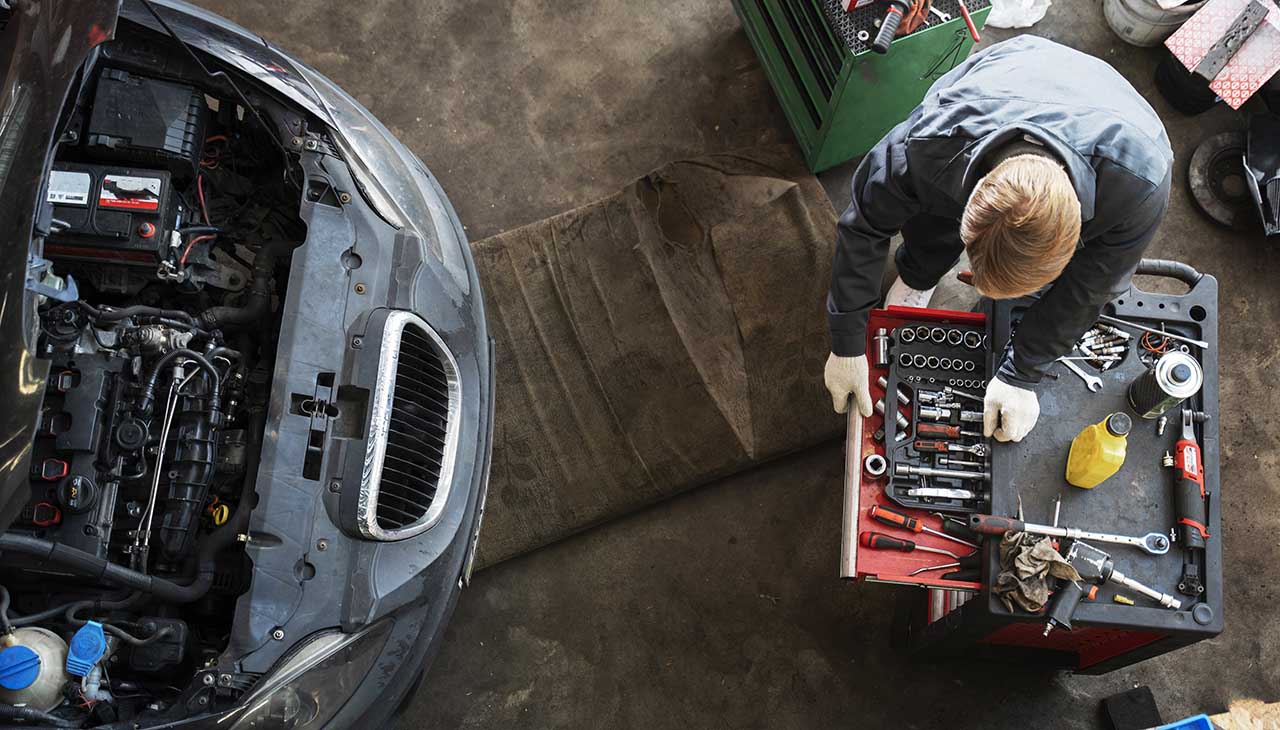Proper tire maintenance is crucial for ensuring the safety and efficiency of your vehicle. Not only does it play a significant role in preventing road accidents, but it also impacts fuel economy and the overall performance of your car. This guide aims to provide vehicle owners with essential insights into tire care, including tips on regular checks, understanding tire pressure, rotation strategies, and recognizing when it’s time for replacements. By adhering to these practices, drivers can enjoy a smoother ride, extend the lifespan of their tires, and contribute to safer roads for everyone.
Regular Inspections
Checking Tire Pressure
Regularly checking your tire pressure is vital for maximizing tire life and ensuring your vehicle’s safety. Under-inflated tires can lead to uneven wear, reduced fuel efficiency, and even tire failure. Conversely, over-inflated tires may reduce traction and increase the risk of a blowout. Use a reliable tire pressure gauge to check each tire, including the spare, at least once a month and before long trips. Make sure to adjust the pressure according to the manufacturer’s recommended levels, usually found on the driver’s side doorjamb or in the vehicle’s manual.
Inspecting Tread Depth
Tread depth is critical for maintaining good traction on wet and slippery roads. The minimum legal tread depth in most countries is 1/16th of an inch. You can check this by inserting a penny into the tread groove with Lincoln’s head upside down. If you can see all of Lincoln’s head, it’s time to replace the tire. Regularly inspect your tires for uneven wear patterns, which could indicate a need for tire rotation, wheel alignment, or both.
Looking for Signs of Wear or Damage
Besides checking the tire pressure and tread depth, it’s essential to examine your tires for any signs of wear or damage. Look for cuts, cracks, punctures, or bulges on the tire’s surface, as these may lead to slow leaks or sudden tire failures. If you notice any of these conditions, have your tires inspected by a professional to determine if a repair or replacement is necessary. Early detection of tire issues can prevent more severe problems down the road and ensure your driving safety.
Tire Rotation
Tire rotation is a fundamental aspect of tire maintenance that involves changing the position of the tires on the vehicle to ensure even tire wear. This practice is necessary because the tires on the front and rear axles wear differently due to varying loads and functions. For instance, front tires carry more of the vehicle’s weight and experience more stress during turning, leading to quicker wear. Regular tire rotation helps balance these differences, extending the life of the tires and improving the vehicle’s performance. Benefits of regular tire rotation include maintaining optimal traction on all surfaces, ensuring smoother ride quality, and enhancing fuel efficiency. Furthermore, consistent tire rotation can prevent vibration problems and reduce the likelihood of tire failure, contributing significantly to the safety of the vehicle’s occupants.
Wheel Alignment
Importance of Proper Wheel Alignment
Proper wheel alignment is an essential component of tire maintenance that cannot be overlooked. Misaligned wheels can lead to rapid and uneven tire wear, significantly shortening the lifespan of your tires. It can also affect the handling of your vehicle, making it more challenging to maintain control, especially at higher speeds or in wet conditions. Additionally, misalignment may cause your vehicle to pull to one side, requiring constant steering adjustments to keep straight, which can be both exhausting and dangerous.
Signs Indicating Misalignment
Several signs can indicate your vehicle’s wheels are not properly aligned. The most common among these include uneven or rapid tire wear, your vehicle pulling to one side, or the steering wheel being off-center when driving straight. You might also notice a decrease in fuel efficiency or a vibration in the steering wheel, indicating that your vehicle’s wheels could be misaligned.
Benefits of Wheel Alignment for Tire Longevity
Ensuring your vehicle’s wheels are properly aligned has significant benefits for tire longevity and overall vehicle performance. Wheel alignment helps in evenly distributing tire wear, which can considerably extend the life of your tires. This not only saves you money in the long run by reducing the frequency of tire replacements but also maintains optimal traction and stability on the road. Proper alignment also improves fuel efficiency by reducing rolling resistance, and it enhances driving safety by improving vehicle handling. Regularly scheduled wheel alignments, as part of your vehicle’s maintenance routine, can prevent small issues from turning into major repairs, ensuring that your vehicle remains reliable, safe, and efficient on the road.
Balancing
Tire balancing is a critical maintenance task that ensures your tires and wheels spin more smoothly at high speeds. It’s essential for achieving a smooth ride and extending tire longevity. When tires are imbalanced, they can lead to vibration, uneven tire wear, and additional strain on your vehicle’s suspension components. Balancing involves adjusting the distribution of weight around the tire and wheel assembly. This process is performed by attaching small weights to the wheel after measuring imbalances with a specialized machine. Properly balanced tires are crucial for maintaining optimal contact with the road, which improves traction and handling. Furthermore, tire balancing can significantly reduce tire wear and tear, allowing for longer intervals between tire replacements. This maintenance task, while seemingly minor, plays a substantial role in the overall performance and safety of your vehicle.

